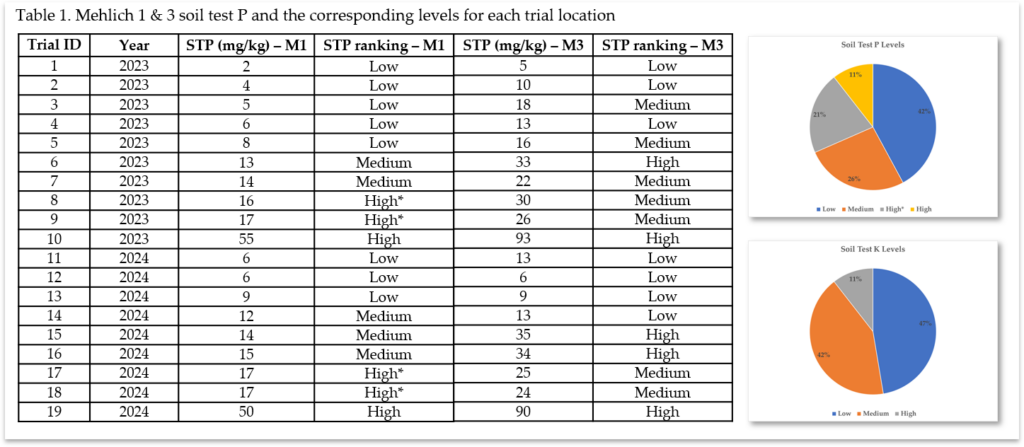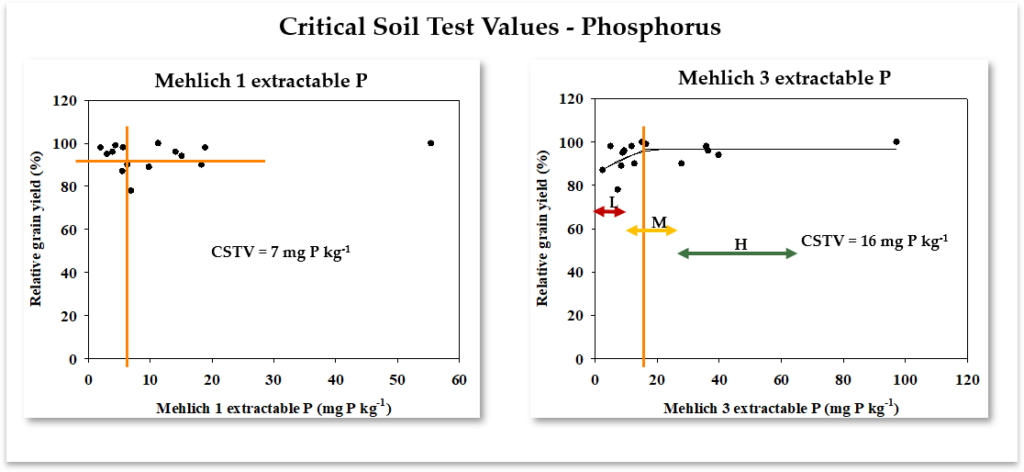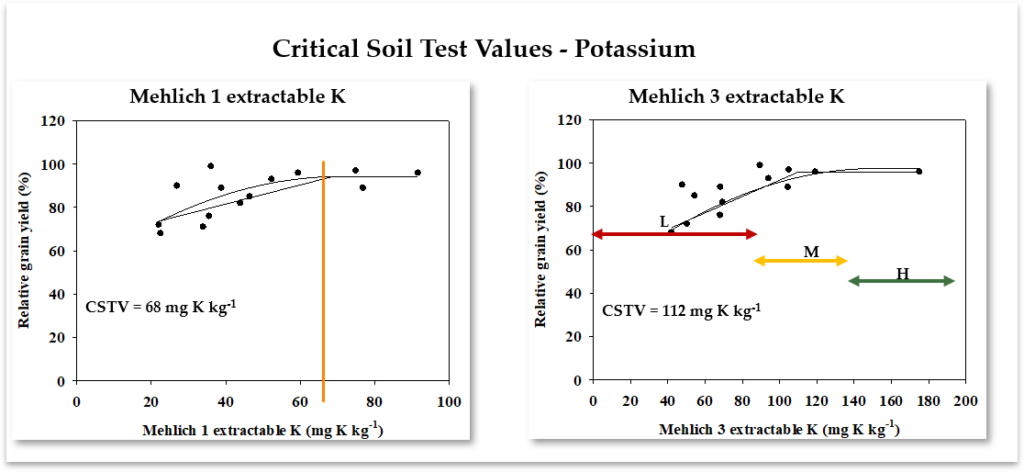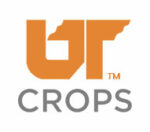Soybean Yield Response to Phosphorus and Potassium Fertilizer Application in Tennessee
Research Funded by the Tennessee Soybean Promotion Board
Nutifafa Adotey, Assistant Professor and Soil and Nutrient Specialist, Sydney Logwood, Graduate Student, Lori Duncan, Assistant Professor and Row Crop Sustainability Specialist, Robert Florence, Director, Soil, Plant and Pest Center, and Ryan Blair, Extension Area Specialist III and County Standardized Trials Specialist
Introduction
Routine soil analysis ensures proper management of plant nutrition to maintain/enhance soil productivity, maximize profits, and minimize environmental risks. Most growers rely on soil test results, particularly fertilizer recommendation as well as plant tissue analysis to make informed management decisions. Generally, the development of fertilizer recommendations from soil tests requires a correlation between crop growth/yield to “soil nutrient availability” indices. Although the fertilizer recommendations for soybeans have been evaluated, the current UT correlations used for phosphorus (P) and potassium (K) in soybeans recommendations were updated about a decade ago. Since then, significant changes in crop genetics coupled with precision management have culminated in efficient nutrient uptake and higher yield in TN. Currently fertilizer recommendations by the Land Grant University in Tennessee is based on Mehlich 1. However, since the adoption of this method, improved soil organic matter and therefore buffering capacity associated with no-till management practices have been documented. Mehlich is suitable for use in well buffered soils, thus it may be a better alternative. In a recent survey, several respondents expressed interest for a trial to validate the current UT fertilizer recommendations and examine P and K fertilizer recommendations based on Mehlich 3. Hence, a replicated on-farm trial to (i) validate the accuracy of the soil-based fertilizer recommendations and (ii) develop Mehlich 3 correlation and calibration is important for sustainable soybean production.
Materials and Method
Several replicated small plot-trials (19 site-years) were conducted in Jackson, Milan, Spring Hill, Springfield, and Grand Junction (2023-2024) with different soil test P (STP) or soil test K (STK). At each of these locations, two independent trials were conducted for P and K. All trial was set up as a randomized complete block design with 6 rates of P (0, 20, 40, 60, 80, and 120 lb P2O5 per acre using Triple Superphosphate (TSP)) and K (0, 40, 80, 120, 160, and 200 lb K2O per acre as Potasium Chloride (KCl)) with four replications (n = 28 for each nutrient). The STP and STK are reported in the Table below. Experimental plots were 4 rows wide by 30 feet long. Soil samples were collected from individual plots from each trial at 0-6 inches and analyzed for soil pH, Mehlich I and Mehlich III extractable elements. Most of the trials were managed in fields with corn-soybean rotation without any cover crop. At maturity, the central two rows plots were harvested for yield at each of the location. Several models of regression was used to estimate the optimum P and K rates required to attain the relative maximum grain yield at each location.

Findings







